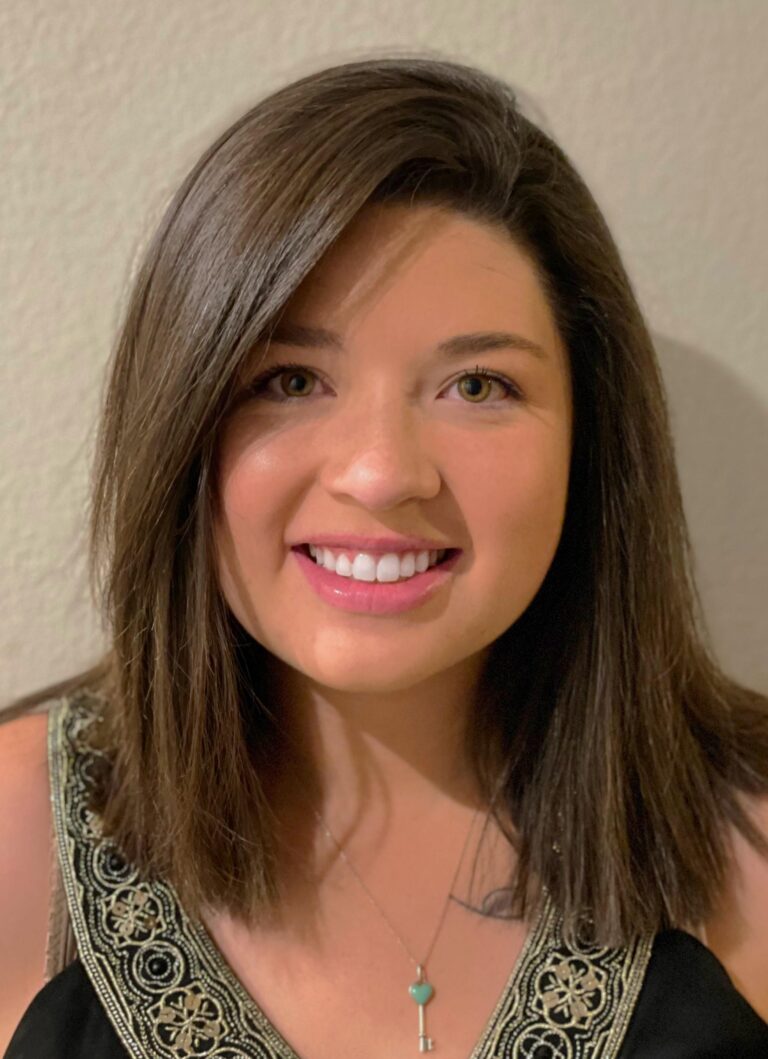Please provide a summary of your job or research. What is an average day like? What are some duties performed?
I am currently working as a Rocket Scientist at United Launch Alliance in Centennial, CO. I am a computer-aided designer for the company’s Major Development Mechanical Ground Support Equipment (MGSE) group. Major Development refers to new projects, which in my case, is a new rocket, called Vulcan, that is set to launch in 2022. The main responsibilities of the MGSE group is to design, test, and develop all of the structural aspects of the launch platform that the rocket sits on prior to launch as well as all of the mechanisms that interface from the ground to the launch vehicle which help maintain specific variables such as temperature and pressure.
What is your educational background and what prompted you to go this direction (why are you where you are instead of a completely different career somewhere else?).
BS in Mechanical Engineering, Colorado State University When I first started at CSU, I wasn’t entirely sure what I wanted to pursue as a career. My first internship was in the industrial field, working on engines. I found that it wasn’t a great fit for me, so I applied for an internship at ULA. There was nothing prior to applying to the internship that really prompted me to go the aerospace route, but once I started doing research about the company and what their missions and values were, I was sold. During my internship with ULA, I not only learned an immense amount about the company and its projects, but I was also immersed in the world of space exploration and what the future holds for the aerospace industry. The greatest pull to my industry for me was the constant growth and innovation associated with the current and future state of the field.
What have you struggled with or overcome in your educational path or life path to get to this point?
There was one point in my college career specifically that really challenged my will to continue pursuing engineering. During my third year, I had been taking a maximum credit schedule of very mentally challenging courses, was working two jobs (mechanical engineering ambassador on campus and my industrial internship), had been going through a tough break up, and had just lost a beloved family member. In general, getting through the coursework that engineering requires while balancing extracurricular activities and social aspects of life was very difficult. But I found that having a support system/study group in my major was what kept me going. I also knew that as long as I had my family through the tough times, I could get through any obstacles I faced.
What is the best part of your job/research?
The best part of my job is having the creative freedom to design new and more efficient mechanisms to be used in support of the launch vehicle function and performance. I am able to see a project through, from concept sketches to 3D design to test to assembly. I love being able to push the boundaries of what has already been done in the industry and improve how my designs will be built and used.
What is the worst part?
The most challenging part of the job is the amount of communication and group-to-group interaction is required. Because there are so many components of every engineering field that goes into the success of a rocket, one of the most essential components of company proficiency is maintaining constant communication with peers in outside groups of the company. This can be challenging because of how busy everyone is with their own work, so I find that it can be difficult to receive prompt responses or even get a hold of certain people, which can lead to delays in certain parts of the development process.
What’s the most exciting part of your job?
The most exciting thing that has happened to me so far is being able to design a major system that interfaces with the rocket itself. I was given the opportunity to design the grounding strap, which is essentially a cable that interfaces with the rocket on one side and with the launch platform on the other side. The purpose of the grounding strap is to ensure that all of the components on the launch vehicle are electrically grounded prior to launch, mitigating the risk of damage to those components. The ground strap is the last ground connection to release from the rocket as it ascends from the launch platform.
What has changed about your profession in the past ten years?
The main aspect of my profession that has changed in the past ten years is the increased emphasis on space itself. As technological advancements have increased significantly over time, the capabilities of launch vehicles and the payloads they carry far exceed expectations. There has been a huge increase in the number of large aerospace companies that are being developed around the country, and space is becoming a more mainstream way to provide defense and protection for our country as well as other various commercial applications.
What do you think will change in the next ten?
I think there will be an increase in manned missions as well as emphasis on lunar exploration for various resources. The overall public interest in space has been exponential recently, so I see the aerospace industry only becoming more popular. I think that this increased popularity will drive more healthy competition between different aerospace companies, which will lead to uncharted discoveries and endless space exploration opportunities.








